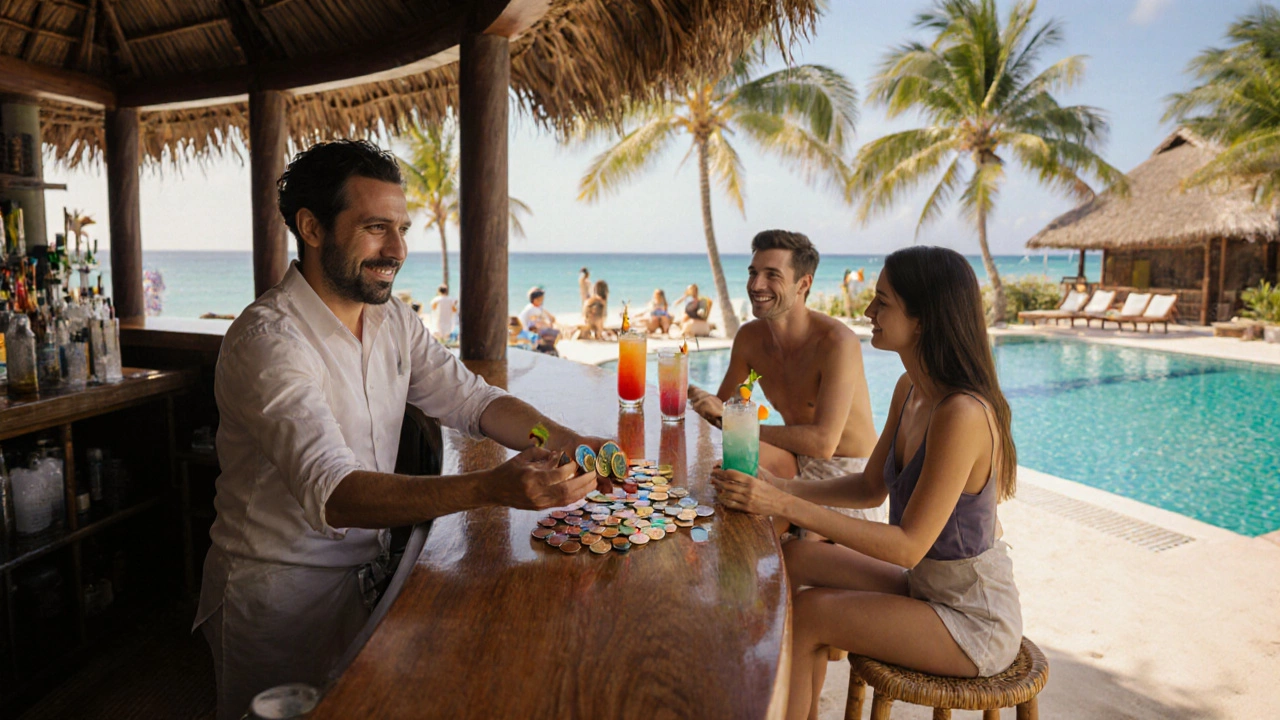Beverage Allowance: What It Is and Why It Matters
When planning a stay at an all‑inclusive resort, a property that bundles lodging, meals, and drinks into one price, the term beverage allowance, the number or value of drinks a guest can enjoy each day without extra charge becomes a key factor in the overall cost. In simple terms, it’s the daily drink credit that lets you sip cocktails, wine, or mocktails without watching the meter tick. Knowing how it works helps you avoid surprise fees and lets you plan a realistic vacation budget, the total amount you set aside for travel, accommodation, food, and extras.
How Beverage Allowance Shapes Your Stay
The allowance is usually expressed in two ways: a fixed number of drinks per person per day, or a monetary cap that covers any beverage up to a set amount. This difference matters because a fixed count can limit high‑price cocktails, while a monetary cap lets you choose pricier drinks as long as you stay under the limit. Resorts often tie the allowance to the room rate – a higher‑priced suite may unlock a larger credit. Understanding this beverage allowance structure lets you match your drinking habits to the package that offers the best value.
Another related concept is the hospitality policy, the set of rules a hotel or resort publishes about services, including drink limits, opening hours, and prohibited items. Policies can affect when you can use your allowance – some resorts restrict alcohol to certain bars or times of day. Knowing the policy ahead of time prevents awkward moments, like finding out the beach bar runs on a separate cash‑only menu after sunset. It also informs how you budget for extra drinks if you plan to enjoy a nightcap outside the allowance.
From a budgeting perspective, the allowance interacts directly with your overall expenses. For example, if your vacation budget is £2,000 and the resort’s drink package costs £300, you’ll need to decide whether that portion justifies the freedom to drink without monitoring each glass. Some travelers find that buying a stand‑alone drink package saves money compared to paying per cocktail, especially if they plan to indulge heavily. Others prefer a lower‑priced room and a pay‑as‑you‑go approach, especially if they’re light drinkers.
In practice, the allowance also influences guest satisfaction. A study by the UK Hospitality Institute in 2023 showed that guests who felt their drink credit matched their expectations rated their stay 15% higher on overall enjoyment. The research highlighted three drivers: clarity of the allowance, flexibility in drink choices, and ease of accessing the included beverages. These findings reinforce the idea that clear communication about the allowance is as important as the amount itself.
Finally, think about the type of drinks covered. Most all‑inclusive resorts include soft drinks, water, house wines, and a selection of beers in the allowance. Premium spirits, specialty cocktails, and top‑shelf wines often sit outside the standard credit, requiring an extra charge. If you love craft cocktails, look for resorts that list “premium drinks included” in their marketing. Otherwise, you may want to budget extra cash for those indulgences.
Below you’ll find a curated collection of articles that dive deeper into each of these aspects – from comparing all‑inclusive drink packages to budgeting tips, policy breakdowns, and real‑world cost examples. Use them to decide which beverage allowance model fits your holiday style and helps you stay within your planned expenses.
All-Inclusive Resorts: Are You Limited to 6 Drinks?
Discover why some all‑inclusive resorts seem to cap drinks at six, how policies really work, and practical tips to enjoy more beverages on vacation.
- Oct, 21 2025
- 0 Comments
